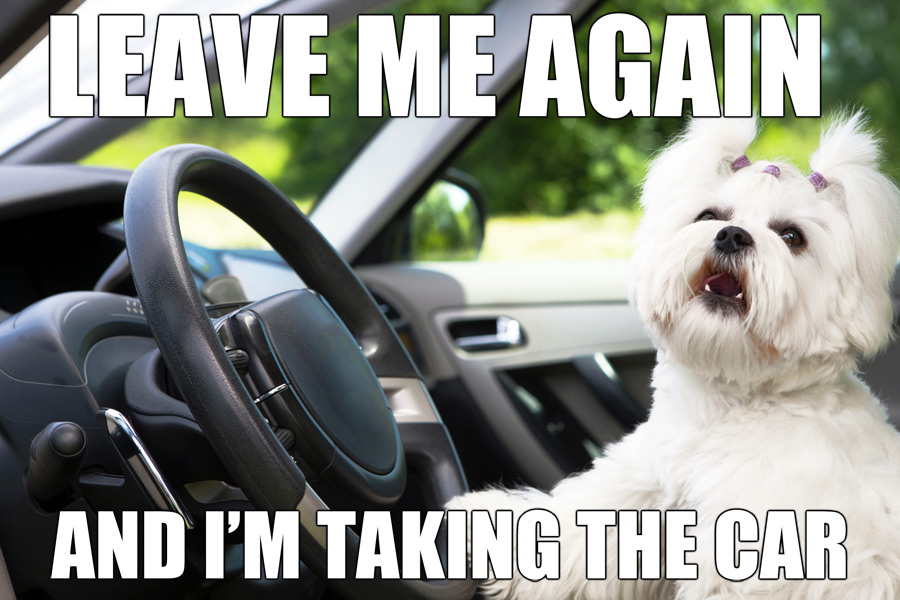10 Tips for Keeping Your Dog Safe This Summer

Let’s keep our dogs safe this summer by following a few simple rules. A little knowledge and diligence can go a long way in protecting the health and happiness of our four-legged friends.
1. Keep your dog cool and relaxed on hot days
Heat stroke and heat exhaustion is the number one reason for vet visits during the summer. Remember, dogs only cool down by panting and sweating through their paw pads and noses. They also have a higher core body temperature, so keep them cool and avoid overexertion.
2. Know your dog’s breed
Certain breeds are more prone to overheating and/or running out of steam before other pups in the park. A bulldog or pug is just not going to handle heat and exercise like an Australian Shepherd, so be aware of what your dog can and cannot do.
3. Walk during cooler hours
Try taking your dog out during the earlier morning hours and after 4 p.m., when the sun is no longer at its highest. Canines need mental and physical stimulation to remain happy, but it doesn’t have to be at the risk of their health or safety. Never overdo it, and realize that a hot road is murder on their paws!
4. Don’t EVER leave your dog in a parked car
Even if you survive the angry mob that catches you doing this at your local grocery store, there’s still a chance your pup won’t survive the heat. The weather may feel cool, but windshields can magnify the sun and turn the car into an oven. On a 78-degree day, PETA says a car’s internal temp can climb as high as 120 in minutes. It only takes 15 minutes for a dog to die of heatstroke or suffer brain damage from the heat.
5. Recognize the signs of heatstroke
Watch for aggressive panting, dark red gums, thickened saliva, dry or sticky gums and mucous membranes, lethargy, loss of consciousness and body temperature of 104 degrees or more.
6. Learn to treat heatstroke, and AVOID ice water when you do
First take your dog out of the heat and sun, then apply cool water with soaked washcloths and towels, placing them around the head and paw pads (but don’t cover the dog and contain the heat). Despite what you may have read, DO NOT use ice or ice water—this causes constricted blood vessels and will actually keep a dog from cooling. Now go see your vet
7. Make sure you have a local vet
Find a local veterinarian to your liking and create an account with them, even if you’re only visiting the East End for the summer. Having your dog’s paperwork on file and getting past the initial visit will speed things up in case of an emergency later.
8. Prevent ticks, fleas and parasites before problems occur
Keep your dog on a flea and tick preventative such as Frontline Plus to avoid the diseases these critters carry—not to mention the parasites their bites may bring. Also keep your dog on a heartworm preventative, and make sure to test for heartworm before administering any pills (these will kill dogs if they’re already infected). Have your vet check your dog’s stool from time to time, just to make sure it’s ok—all you have to do is drop it off (you don’t even have to bring Fido along).
9. Bring fresh water
Always keep fresh water and some kind of bowl on hand for your dog. This is key for keep cool and hydrated, and it will stop your dog from drinking out of puddles or those communal bowls (placed with the best of intentions) that could be infected with giardia and any other parasite a less well-cared-for dog might pass.
10. Be smart—use a leash at the beach
Keep your dog on a leash when walking (preferably early or late in the day) on the beach. No matter how gentle your pup’s temperament, you can’t account for other people’s dogs. This will also keep your friend in view at all times, helping to avoid any stick or sand eating mishaps. Plus, you’ll always be able to find (and clean up) any feces he or she leaves behind.



